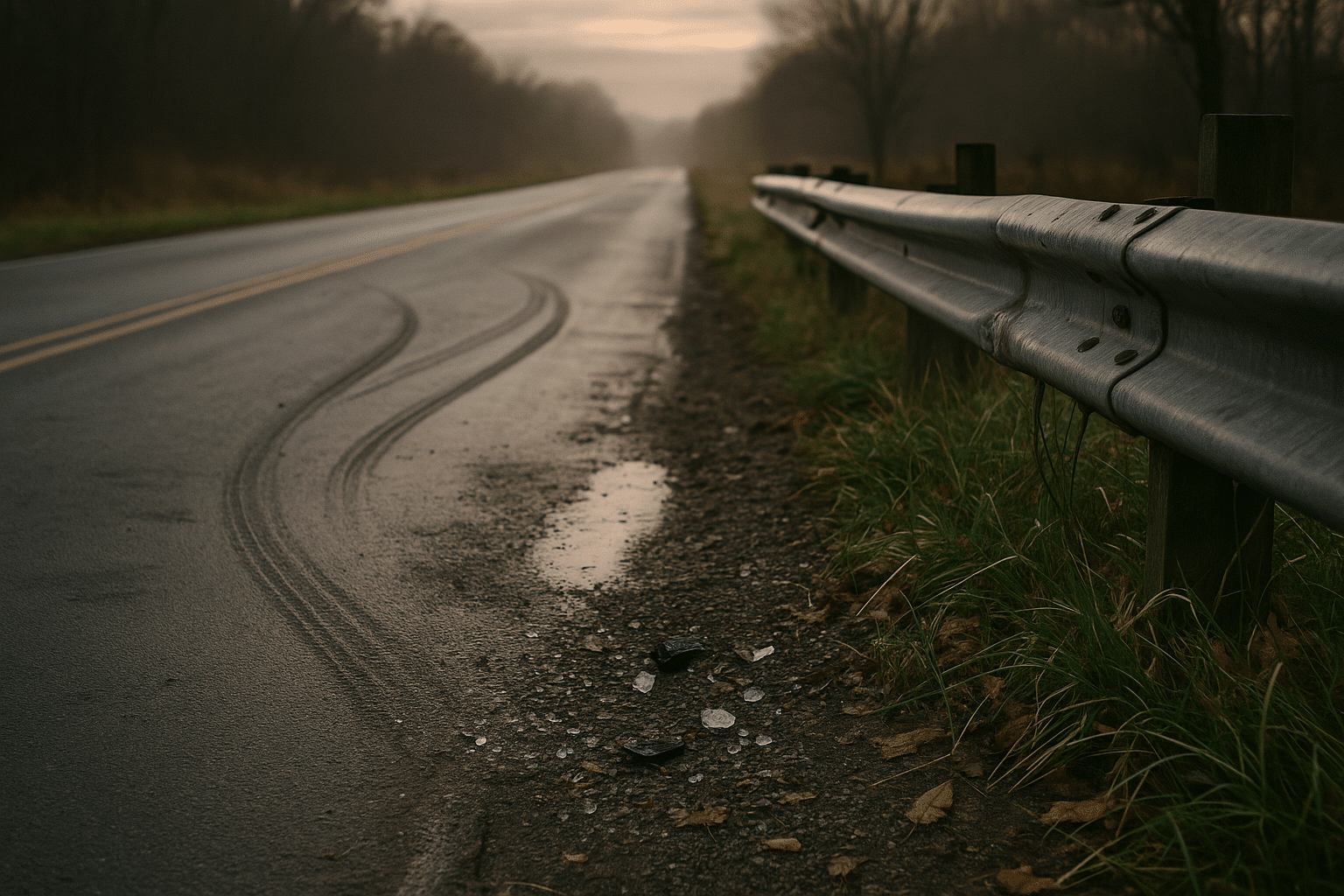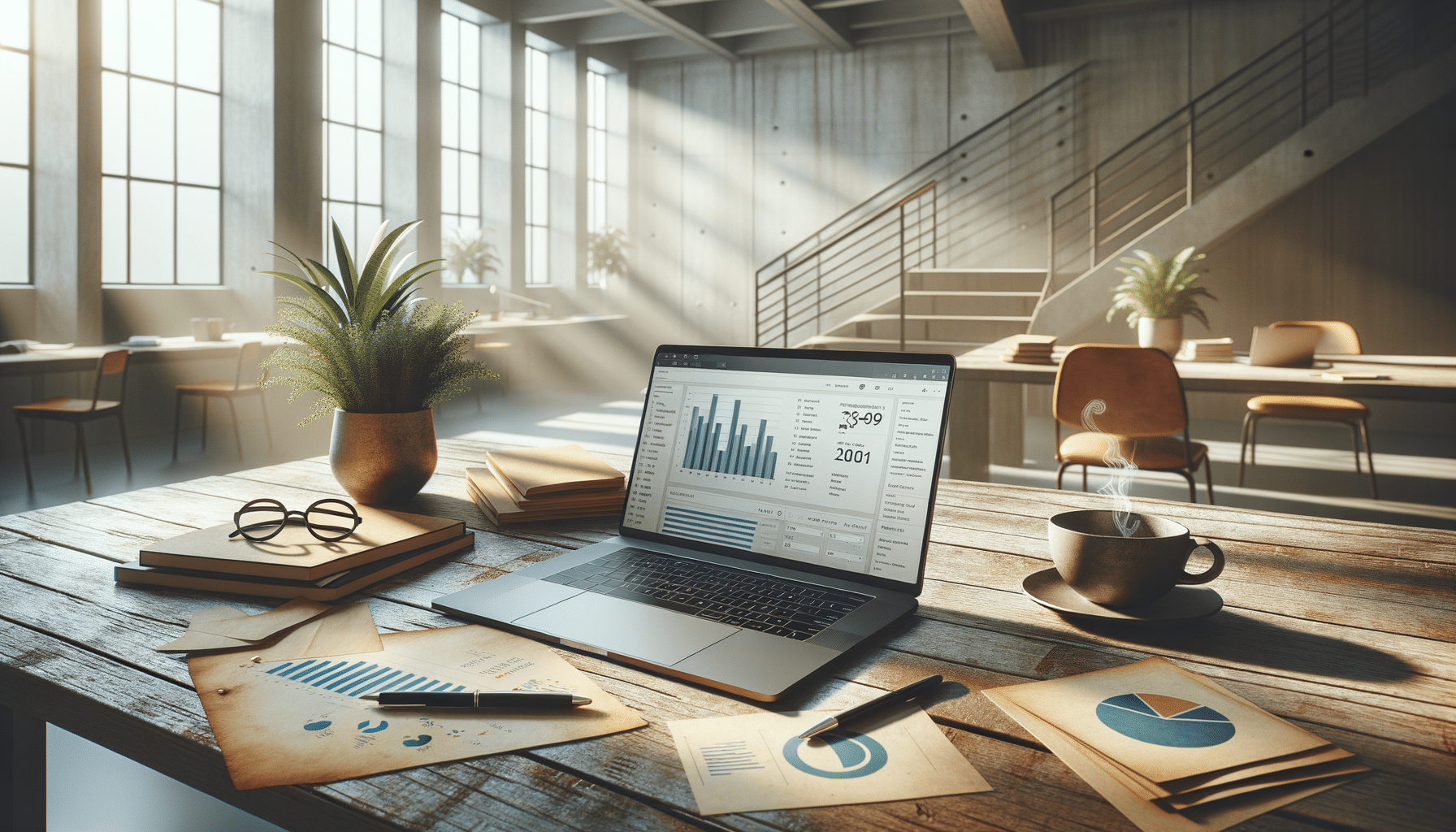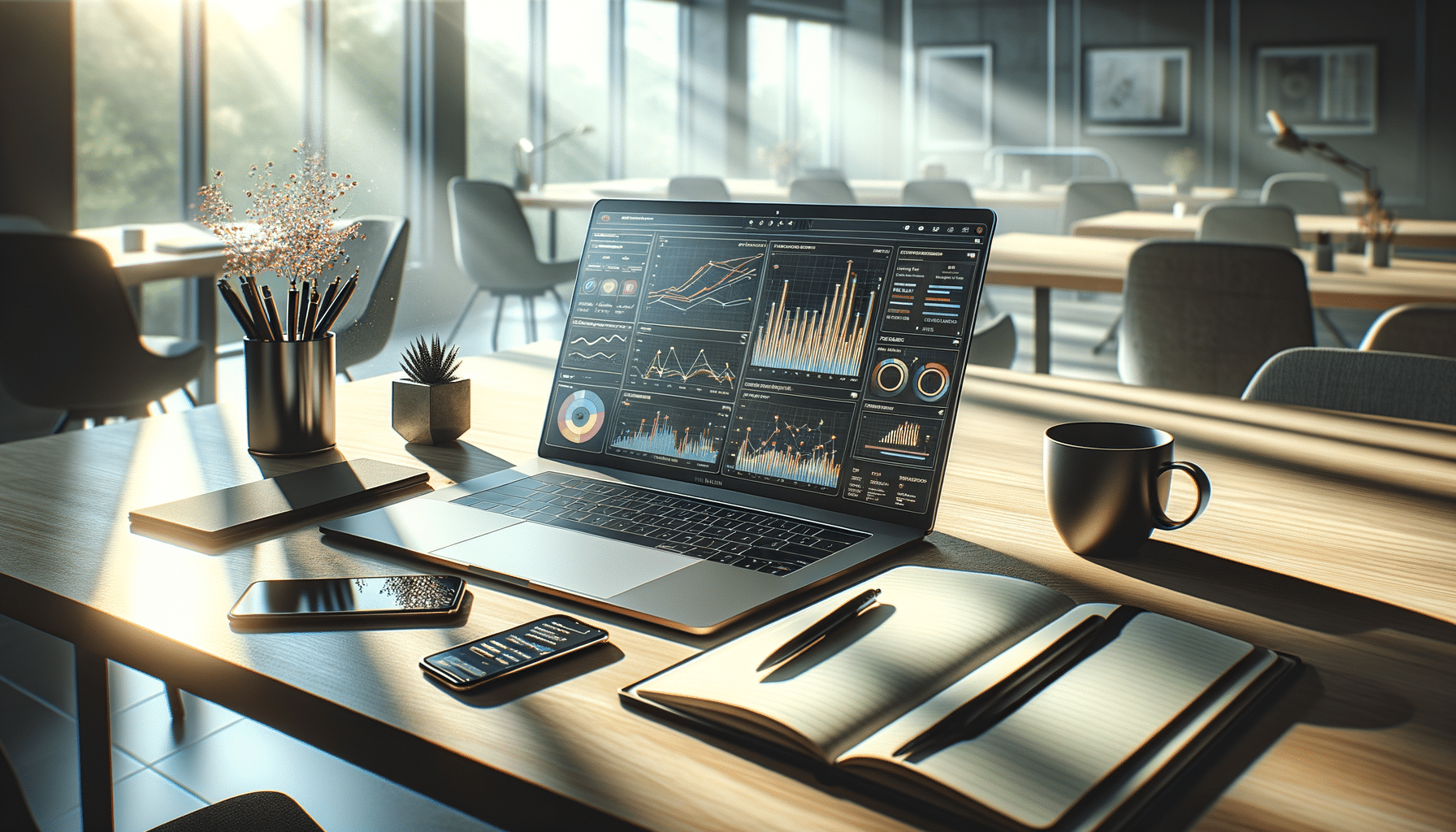
The Rise of AI in Digital Photography
As digital photography continues to evolve, artificial intelligence (AI) has emerged as a transformative force, reshaping how we capture and interpret images. The integration of AI technologies in photography has led to enhanced capabilities, from improving image quality to automating complex editing tasks. Let’s delve into the rise of AI in digital photography and explore its impact.
The Role of AI in Digital Photography
Artificial intelligence is revolutionizing digital photography by introducing advanced algorithms that enhance image processing and editing. According to a report by Grand View Research, the AI market in image processing is expected to grow significantly, highlighting its impact on the industry.
Expert Insights
Photography expert Michael Freeman notes, “AI tools in photography are not just about automation but enhancing creativity and efficiency.”
AI-Powered Features in Cameras
Modern cameras are equipped with AI-driven features such as scene recognition, automatic adjustments, and real-time enhancements. These innovations allow photographers to focus more on composition and creativity.
Personal Experience
During a recent landscape photography trip, I used a camera with built-in AI that automatically adjusted settings for optimal exposure, significantly improving the final images without the need for extensive manual tweaking.
AI in Post-Processing
AI tools like neural filters and content-aware fills are streamlining the editing process, making it more accessible for photographers of all skill levels. These tools can drastically reduce editing time while maintaining high-quality results.
Table: AI Features in Photography Software
| Feature | Description |
|---|---|
| Scene Recognition | Identifies and optimizes settings for various scenes |
| Auto Enhancement | Automatically improves image quality |
| Content-Aware Fill | Intelligently fills in missing parts of an image |
| Neural Filters | Applies artistic effects using AI |
| Noise Reduction | Reduces unwanted noise in photos |
| Object Removal | Removes unwanted elements seamlessly |
| Smart Cropping | Crops images based on composition rules |
| Style Transfer | Applies artistic styles to photos |
Challenges and Considerations
Despite its advantages, AI in photography poses challenges, such as over-reliance on automation and potential loss of artistic touch. It’s crucial for photographers to balance AI tools with personal creativity.
Frequently Asked Questions
How does AI improve image quality?
AI algorithms can automatically adjust exposure, color balance, and sharpness, leading to higher-quality images.
Is AI replacing photographers?
No, AI is a tool that enhances a photographer’s ability to create and edit images, not a replacement.
Can AI tools be used by beginners?
Yes, AI tools are designed to be user-friendly, making it easier for beginners to achieve professional-quality results.
Conclusion
The rise of AI in digital photography is not just a trend but a significant evolution in how we capture and process images. By embracing AI, photographers can enhance their creative processes, achieve better results, and save time on post-processing. As AI technology continues to develop, its role in photography will only grow, offering endless possibilities for innovation and creativity.


